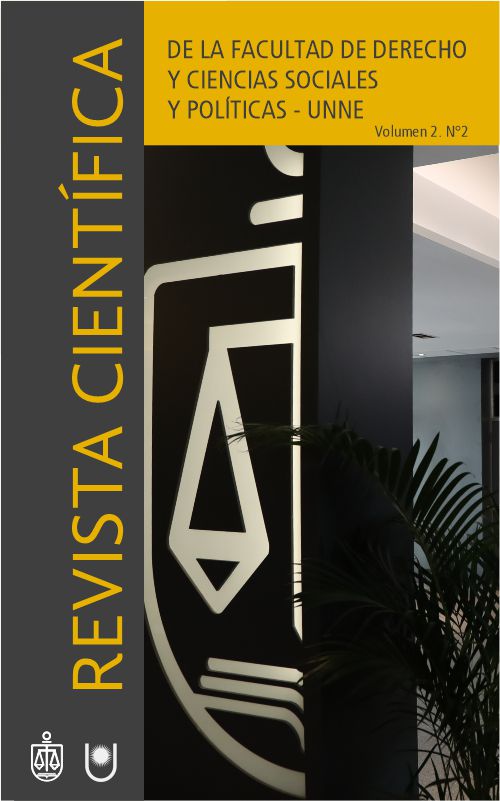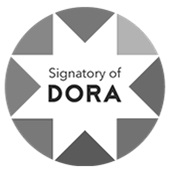The Yshir indigenous people and the struggle for land in the Paraguayan Chaco
DOI:
https://doi.org/10.30972/rcd.226959Keywords:
human rights, Paraguay, collective protection, ancestral landsAbstract
This investigation analyzes an experience
of defense and territorial claim of the Yshir
indigenous people in the face of structural discrimination and the dispossession of
lands called Eshma or Puerto Ramos. It
asks how a conflict over the land negatively impacts in different dimensions of life in
an indigenous communities and at the same
time the actions carried out by the Unión de
Comunidades de la Nación Yshir (UCINY)
for the recovery of this part of its territory.
The methodological design is qualitative
and the research techniques combine field
notes with in-depth interviews with political and spiritual leaders of the Yshir indigenous people. As a result, it can be noted
that the presence of Yshir communities represents a physical barrier to the expansion
of economic activities extractive of natural
resources. This right to recover the lands
in question is established not only in the
Constitution of the Republic of Paraguay,
but also in international human rights law,
independently of the need to reform Law
904/81 based on the standards imposed by
the Inter-American Court of Human Rights.
References
Areco, A.; Irala, A. (2021). Desalojo forzoso como respuesta a quienes reivindican acceso a la tierra en Codehupy (Ed.), Derechos Humanos en Paraguay 2021 (pp. 299-314), Arandurã Editorial.
Corte Interamericana de Derechos Humanos. Comunidad Sawhoyamaxa Vs. Paraguay; 29 de marzo de 2006.
Corte Interamericana de Derechos Humanos. Comunidad Xákmok Kásek Vs. Paraguay; 24 de agosto de 2010.
Corte Interamericana de Derechos Humanos. Comunidad Yakye Axa Vs. Paraguay; 06 de 17 de junio de 2005.
Constitución Nacional de la República del Paraguay [CN]. Artículo 46. 20 de junio de 1992 (Paraguay).
Corte Interamericana de Derechos Humanos. Pueblo Saramaka Vs. Surinam, 28 de noviembre de 2007.
Dirección General de Estadísticas, Encuestas y Censos (2012). Pueblos indígenas del Paraguay. Resultados finales de población y vivienda [Archivo PDF]. https://www.ine.gov.py/Publicaciones/Biblioteca/indigena2012/Pueblos%20indigenas%20en%20el%20Paraguay%20Resultados%20Finales%20de%20Poblacion%20y%20Viviendas%202012.pdf
Dirección General de Estadísticas, Encuestas y Cnsos (2019). Datos sobre pueblos indígenas en el Paragauy [Archivo PDF]. https://www.dgeec.gov.py/news/news-conteni do.php?cod-news=320.
Di Lorenzo, S.; Manuale, S. (2018). Fibras, plumas y colores del pueblo ishir. Identidad y resistencia en el Chaco paraguayo. Estudios atacameños, (59), pp. 103-120. https://dx.doi.org/10.4067/S0718-10432018005001102
Gill, E. A.; Da Ponte, E.; Insfrán, K. P.; González, LR. (2020). Atlas del Chaco paraguayo. World Wildlife Fund/Agencia Aeroespacial Alemana.
Instituto de Hidrología, Meteorología y Estudios Ambientales. (s.f.). Cambio Climático. Ministerio de Medio Ambiente. http://www.ideam.gov.co/web/atencion-y-participacion-ciudadana/cambio-climatico
Ley 904 de 1981. De Estatuto de las Comunidades Indígenas. 18 de diciembre de 1981.
Mendieta Miranda, M. (2020). Protocolo de atención a personas indígenas privadas de libertad. Una mirada desde el Principio de Igualdad y No Discriminación. ACADEMO (Asunción), 7(2), pp. 128-135 http://dx.doi.org/10.30545/academo.2020.jul-dic.3
Mendieta, M. (2015). Defensoras y Defensores de Derechos Humanos en el Chaco paraguayo. Relatos de Lucha por la Tierra. AGR.
Mendieta, M. (2018). El principio de igualdad y no discriminación. Aproximaciones a la discriminación estructural del estado paraguayo hacia los pueblos indígenas. Universidad de Guadalajara Derecho Global. Estudios sobre Derecho y Justicia, 10, pp. 153-180.
Organización de las Naciones Unidas. (s.f). Derecho Internacional de los Derechos Humanos. https://www.ohchr.org/es/instruments-and-mechanisms/international-human-rights-law#:~:text=El%20derecho%20internacional%20de%20los%20derechos%20humanos%20establece%20las%20obligaciones,y%20realizar%20los%20derechos%20humanos.
Pelletier Quiñones, P. (2014). La “Discriminación estructural” en la evolución jurisprudencial de la Corte Interamericana de Derechos Humanos . Revista IIDH, (60), pp. 205-215. http://biblioteca.corteidh.or.cr/tablas/r34025.pdf
Downloads
Published
Versions
- 2024-03-20 (4)
- 2023-11-03 (3)
- 2023-11-03 (2)
- 2023-11-03 (1)
How to Cite
Issue
Section
License
Copyright (c) 2023 Maximiliano Mendieta Miranda

This work is licensed under a Creative Commons Attribution-NonCommercial 4.0 International License.







52.jpg)






